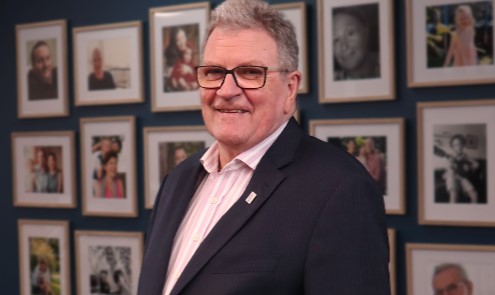There is no more crushing news for a cancera disease where abnormal cells split without control and spread to other nearby body tissue and/or organs patient to hear than; “there is treatment that can help you, but it is not funded by the PBS.” This means the cost to the patient could be up to and at times more than $100,000 per year.
How does this happen in a rich country like Australia and how do we make it better?
To answer this, in 2023 the Federal Government will conduct a Health Technology Assessment (HTA) Review. Whilst this may appear to be one of those obscure government processes that we quietly shrug off, we must not do so. The results of this review will dictate what medicines and therapies are available to Australians in the coming years through the Pharmaceutical Benefits Scheme (PBS) and other government funded mechanisms such as Medicare.
So why the need to review the current system, is it not working well? The answer is a mixed “yes” and “no”.
Whilst we have a good range of PBS funded medicines, there are increasingly long delays in new treatments being brought to Australia, and excruciatingly long delays in determining if and when they should be included on the PBS – up to two years in many cases! This is precious time that cancer patients and many others with life-threatening diseases cannot afford. In this time, sadly, many patients die without access to the latest, life-extending or lifesaving treatments.
Over the past few years, we have become accustomed to Government Ministers proudly announcing the addition of a new therapy to the PBS as a major breakthrough. What is not discussed is the many patients who were denied access whilst the government and pharmaceutical companies argue about the price. And what about those treatments that never make it to Australia at all?
The intention of the HTA Review is to examine the current way we assess these new medicines and technologies with the aim of an improved, faster process. This review is timely, if not overdue, for a number of reasons, including to address the trend of more effective and more targeted techniques being developed that come at a very high cost for very small or rare patient groups. We are also seeing the increasing emergence of small “one drug or therapy” companies whose primary focus is supply to the US and Europe. In many of these cases these lifesaving treatments have no pathway to Australia or our patients.
So what is Health Technology Assessment and what are the issues? Like most things in life, we are talking about price – for example, what is a fair price to pay for a therapy for a cancer patient? Currently, our HTA process looks primarily at the clinical impact of the therapy and compares it to therapies that are already available. If the new therapy increases life expectancy by six months then the new therapy is worth proportionally more under the HTA process. If it extended life by a year then an even higher price is justified.
But what else might we consider as value? If a treatment has fewer side-effects and the patient has a higher quality of lifethe overall well-being of a person diagnosed with cancer, encompassing both physical and emotional aspects of health is that not valuable? If a patient and/or their carer can return to work to support their family and contribute to society is that not valuable? If a parent can extend their life and continue to help raise their children, is that not valuable and how do we assess it?
These are only a few of the important questions we must consider and the HTA Review gives us a real opportunity to help define how we not only value medicines, but the lives of our most vulnerable Australians.
Someone once described the current situation as having patients drowning in the ocean whilst government and pharmaceutical companies argue about the price of life jacket. Surely we can throw the life jacket to the patient and sort out the price after they are safe.
